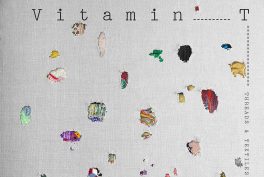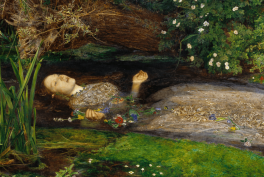“I advocate for a shift in focus towards ‘responsible buying’,” Magnus Resch recently told DailyArt Magazine. “This approach emphasizes viewing art acquisition not merely as a financial transaction but as a philanthropic endeavor and a source of personal satisfaction.“
Filled with numerous case studies and personal anecdotes, the book portrays collecting art as a journey of self-discovery. As the novice collector navigates through preferences and values, they unearth insights about themselves that often diverge from the norms of the market.
“At sixteen, my journey as a collector began with the purchase of a piece by German artist Rupprecht Geiger at Sturies Auctions in Germany, costing 400 Deutsche mark (approximately $200). Fueled by my appreciation for art and savings from my job as a shop assistant, this acquisition marked the start of a transformative endeavor,” he shared. “For me, each piece of art I acquire comes with a meaningful story and serves as a reminder of the positive impact I’ve made in supporting the arts. I believe this increase in value holds more significance than any financial profits.”
A Guidebook for Rookies with a Modest Budget
For readers intrigued by the financial aspects of art collecting, Resch explains his suggestions with data rather than anecdotes. He helps uncover that art valuation often hinges on an artist’s exhibition history and sales context rather than intrinsic artistic superiority. For example, in 1917, Georgia O’Keeffe made her first sale with the charcoal drawing Train at Night in the Desert (1916). Although initially less expensive than most paintings, the work is now part of the invaluable MOMA collection.
Novice collectors with limited budgets are thus encouraged to prioritize supporting artists in need rather than banking on investment returns. The book offers ample advice on navigating both virtual and physical markets with a modest three-to-four-digit budget.















